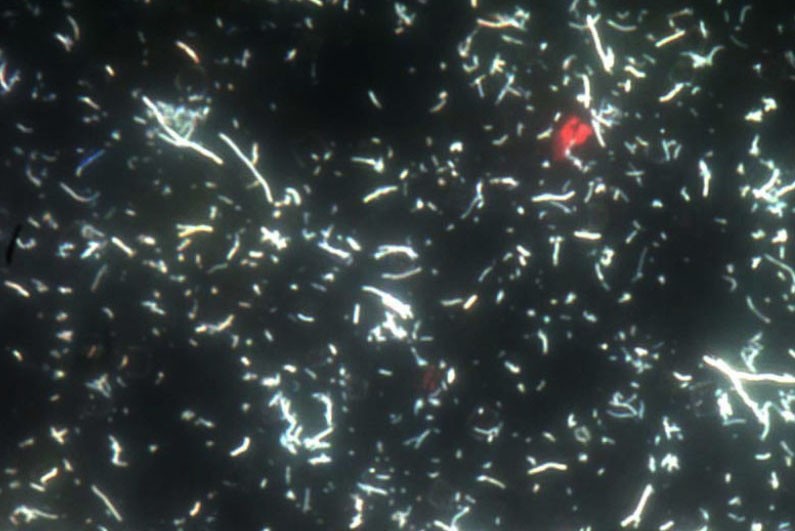
Conference Explores Health Effects of Tiny Engineered Particles
CINCINNATIHundreds of scientists and business people will gather in Cincinnati next week to discuss health and safety implications of nanoparticles and nanomaterials, an emerging technology that scientists and health care professionals are just beginning to understand.
Nanoparticles are microscopic particles engineered to perform specific actions in the body and in manufactured products. The National Science Foundation estimates that by 2015 nanotechnology applications in medications and consumer products will have a more than $1 trillion impact on the global economy and will employ 2 million workers.
The Cincinnati meeting, the International Conference on Nanotechnology, Occupation Health and Environmental Health and Safety: Research to Practice, will be hosted by the University of Cincinnati (UC) and National Institute of Occupational Safety and Health (NIOSH) from Monday, Dec. 4, through Thursday, Dec. 7, at the Duke Energy Center,
525 Vine St. It is one in a series of government-sponsored summits aimed at bringing prominent nanotechnology researchers and industry leaders together to address the potential health and occupational risk factors associated with nanomaterials.
Researchers believe nanotechnology applicationssuch as tumor-targeting nanosensors and new drug therapiesmay help prevent, detect and treat human diseases, but they may also lead to unintended health risks.
Currently, the health effects of the nanoparticle life cyclestarting when the particle is manufactured up to when it is disposed ofare not well understood.
Nanotechnology is an emerging science, so we still have a lot of research to do before we fully understand its potential health and safety implications, explains Judy Jarrell, EdD, professor of environmental health at UC. We need to know what happens after these products are used and disposed of, so we can identify and control any harmful effects they may have on humans or the environment.
Guest speakers will discuss the latest scientific research on how nanoparticles enter the body and the correlating health effects, as well as current nanotechnology practices and how workplace exposures can be assessed and controlled. Speakers will also address the legal and regulatory ramifications of nanotechnology.
For scientists, says John Howard, MD, director of NIOSH, this is a rare opportunity to meet in a dedicated forum to discuss new information, research strategies and pathways for moving research to practice. For practitioners, the conference will offer the latest insights into interim best practices for managing nanomaterials in the workplace and controlling exposures.
Anyone interested in the potential health and safety effects of nanotechnologyincluding scientists, industry representatives and clinicianscan attend the conference.
Registration costs $295 for all four days, or $195 for a single day. Reservations can be made by calling (513) 558-1810 or by e-mail at univconf@uc.edu.
For full conference details, visit www.uc.edu/noehs.
Conference sponsors include the University of Cincinnati NIOSH Education & Research Center, U.S. Air Force Office for Scientific Research, the U.S. Environmental Protection Agency, the American Industrial Hygiene Association, the National Science Foundation, The Ohio State University, Ohio University and TSI.
Tags
Related Stories
UC study: Brain organ plays key role in adult neurogenesis
July 2, 2024
The University of Cincinnati has published research in the Proceedings of the National Academy of Sciences that found the choroid plexus and cerebrospinal fluid play a key role in maintaining a pool of newly born neurons to repair the adult brain after injury.
Put down that beer; it's not a tanning lotion
July 1, 2024
The University of Cincinnati's Kelly Dobos joined WVXU's Cincinnati Edition to discuss what's fact and what's myth when it comes to sunscreen use, different kinds of sunscreen and a social media recommendation to use beer on your skin to help get a tan.
Cincinnati researchers want to know if MRIs can work better
June 28, 2024
WVXU and the Cincinnati Business Courier highlighted a new collaboration between the University of Cincinnati College of Medicine, UC Health GE HealthCare, JobsOhio, REDI Cincinnati and Cincinnati Children’s to create an MRI Research and Development Center of Excellence located on UC’s medical campus.
